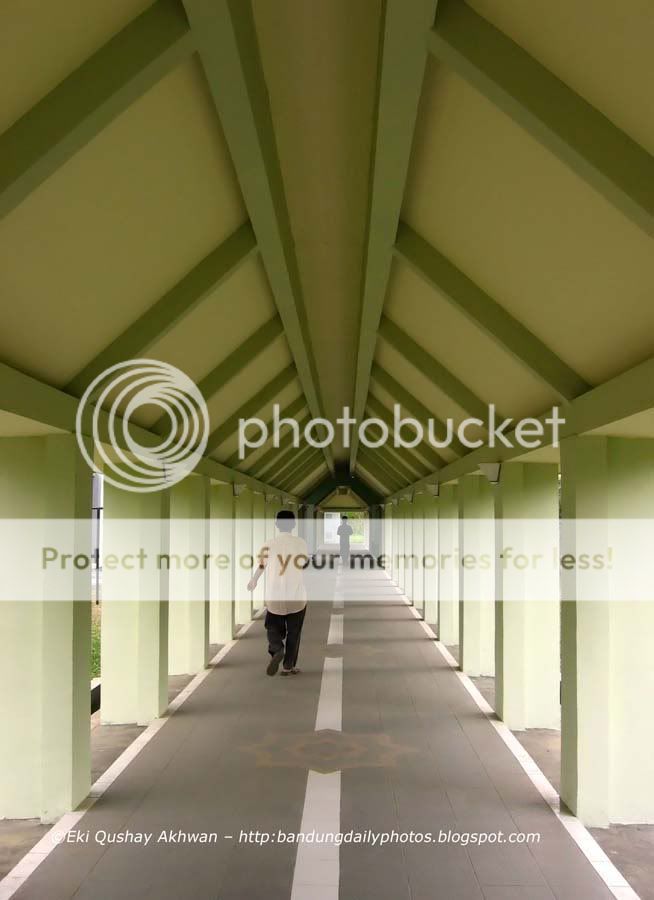
 Text and pictures © Eki Qushay Akhwan
Text and pictures © Eki Qushay Akhwan
As Bandung’s newest icon,
Pasupati cable stayed bridge (2.147 kilometers long, 21.53 meter wide) is probably quite well known among those who know this city. The stories behind it, however, may not be as familiar to those who live outside Bandung.
The name
Pasupati is an abbreviation of the parts of the city that are linked by this overpass, namely
Jalan Pasteur (Pasteur street) at the west side of the city and
Jalan Surapati at the east part of the city, hence
Pasupati. The proposed name was originally
Paspati – not
Pasupati. But because the word
Paspati in Sundanese (the language spoken by the people of West Java) means the time of death, the name was then changed to
Pasupati, which is closer in sounds to
Pasopati, the name of a powerful arrow that belonged to an
epics character in the
Mahabaratha.
Pasupati plan was conceived 74 years ago. The 1931
Carsten document of
Autostrada Program already
layed out the need to build a passage way that would link the western and the eastern parts of the city. This plan was subsequently included in Bandung Master and Detail Plans of 1971, 1985, 1996, and 2003.
In 1988, Bandung municipal administration proposed the
construction of the
Pasupati bridge to the Department of Public Works. Following this, feasibility studies were conducted by the Bandung Institute of Technology in 1992. The construction began in 1999 and was partly funded by a loan from Kuwait Fund for Arab Economic Development (
KFAED).
The cables that support the bridge is 15.7
millimeter in diameter. The supporting cables are not
symmetrical in number and in length. There are five double sets of cables at the eastern side and nine at the western side. The length of the cables at the eastern side is 55 meters, and 106 meters at the western side.The bridge tower that anchors these cables is 37.5 meter tall.
Sundanologist (expert in
Sundanese culture) considers
Pasopati as
“Kecapi” (traditional Sundanese string musical
instrument) and
“Suling” (traditional Sundanese bamboo flute) bridge. The
kecapi is represented by the cables that resemble the strings of this musical
instrument, while the flute is represented by the impressions of holes – similar to the holes of the Sundanese bamboo flute – on the main tower. Viewed from the top, the bridge looks like a bow that is symbolic of its name (
Pasupati or
Pasopati is the name of a powerful arrow and the whole bridge is the bow from which the arrow is shot.).
Sources:
Kompas and other sources.
BandungPhotography





















